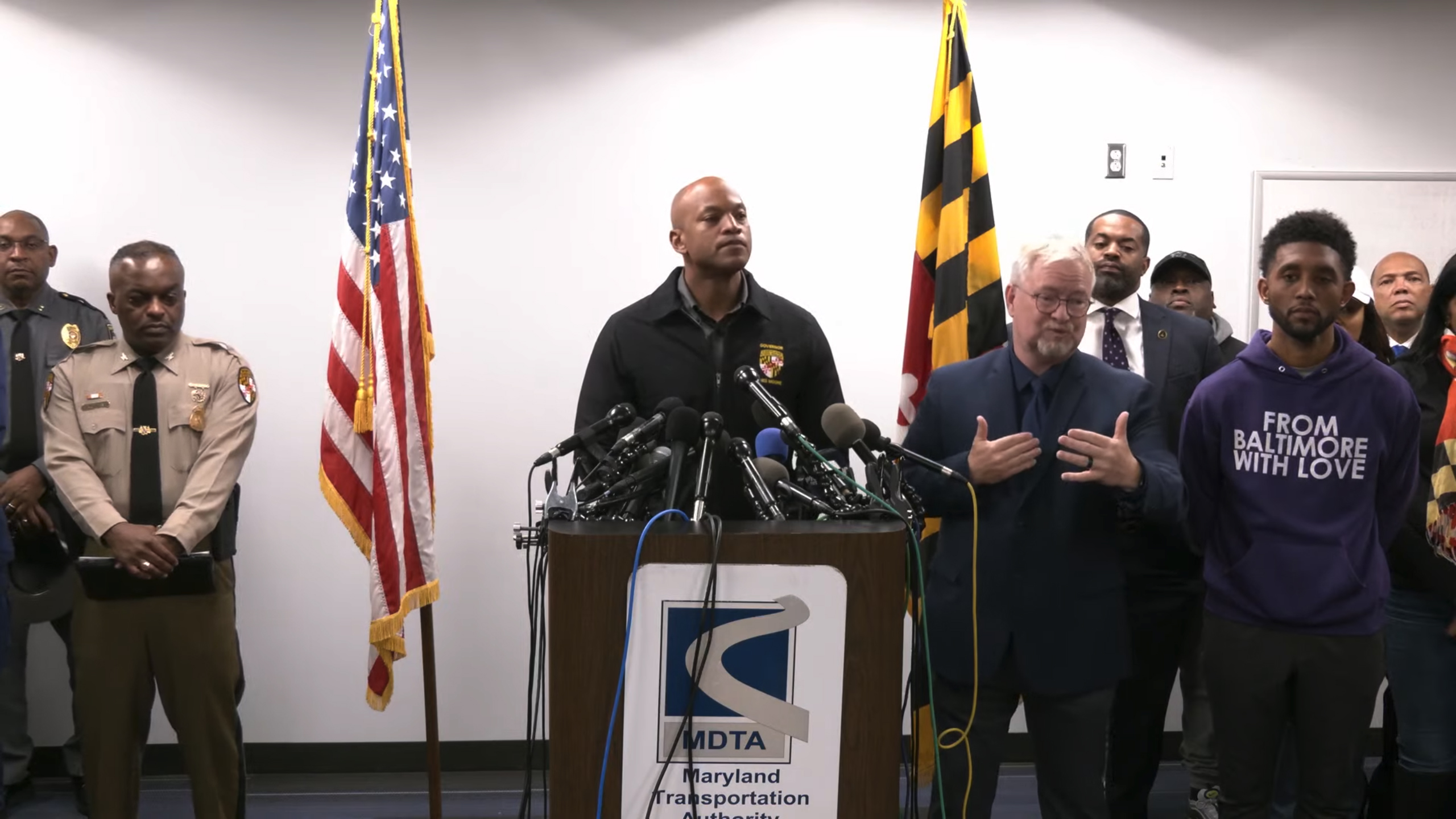Department of Transportation Secretary Pete Buttigieg told CNN’s Phil Mattingly his agency is focused on four things following the Key Bridge collapse in Baltimore:
- Working with the city to get the bridge back up
- Dealing with traffic impacts
- Reopening the port
- Making sure the supply chain impacts are dealt with.
Buttigieg called the reopening of the port the most “acute short-term concern” especially for the workers impacted with about $2 million a day being lost in wages, he said.
Other ships stuck at the port have to be unloaded and have cargo offloaded and transported by land to get to other ports during this closure, which Buttigieg described it as a “complicated operation.”
Parties that are found accountable for the incident will be held liable, Buttigieg promised, but said that process will now slow the process of reopening the port.
“We’re going to make sure that those federal resources are put together upfront so that nothing unnecessarily delays the roadway back to normal. Workers are counting on it, people who depend on these shipments, whether they realize it or not, they’re counting on it and about 30,000 vehicles a day that go over that bridge, they’re counting on us doing everything in our power to get them back to normal,” Buttigieg said.
“It will not be quick and it will not be easy, but we’re committed to do it as long as it takes,” he said.



